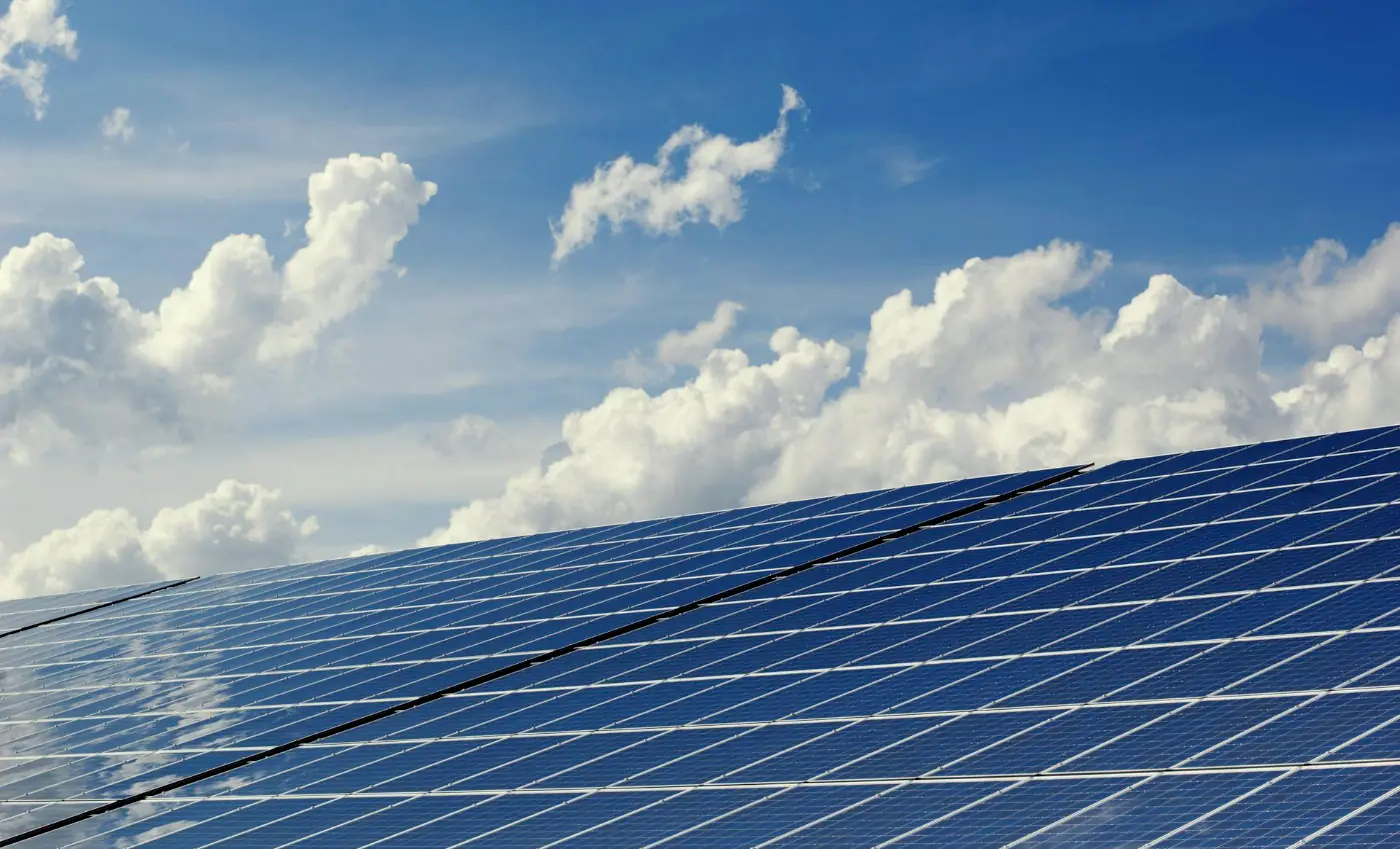

Energy Efficiency & Optimization


Sustainability & Climate Action
Members of 360 Energy attended the E-World Energy & Water Conference in Essen, Germany, this week, where discussions centered on the future of energy transition, technological advancements, and regulatory challenges. A key theme throughout the event was Germany’s steadfast focus on achieving net-zero greenhouse gas (GHG) emissions by 2045 and how collaboration, communication, and energy literacy are essential to success. These insights offer valuable lessons for energy markets worldwide.
Collaboration and Communication: The Foundation of Energy Transition
Germany’s energy market is highly decentralized, with over 900 local and regional utilities operating across the country. While this structure provides substantial customer choice and greater integration of renewable energy sources, it also underscores the need for extensive communication between governments, utilities, system operators, and end-users. A major takeaway from the conference was that achieving net-zero targets requires coordinated efforts and transparent dialogue at all levels of the energy system.
Germany’s long-term energy planning, which remains consistent beyond electoral cycles, offers a model for other nations. Stability in energy policies, coupled with commitments to research and development, has successfully attracted businesses and accelerated the clean energy transition. Countries like Norway and Sweden also demonstrate this principle, showing that predictability and collaboration can drive sustained progress. This approach is evident in North American initiatives like the Hamilton Industrial Park Energy(HIPE) Network, where businesses and energy providers collaborate to enhance energy efficiency and implement low-carbon solutions at scale.

Innovative Approaches to Incentives and Energy Hubs
This emphasis on collaboration extends to how Germany is rolling out programs and incentives to support industrial and commercial energy users. Industrial areas and facility groups are actively working together to develop innovative renewable and low-carbon energy solutions. A major area of focus at E-world was the advancement of heat pump technology to replace industrial boilers. Additionally, large energy consumers are forming hubs that enable shared energy management strategies and the integration of new technologies like hydrogen, which may be costly at a small scale but become economically viable when deployed collectively.
Support from all levels of government has been instrumental in these developments, ensuring that energy transition efforts are not just theoretical but are actively implemented in a way that benefits communities and industries alike. The German model highlights the importance of fostering aggregated interests and securing community participation in decision-making processes. These strategies are also reflected in initiatives like HIPE Network, which supports industrial players in adopting shared solutions to manage energy more effectively and lower emissions.

Energy Literacy and the Role of AI in Optimizing Systems
One of the most striking differences between European and North American energy markets is the level of energy literacy. In much of Europe, consumers are highly aware of their energy costs and how to manage them. However, discussions at E-world highlighted that the challenge lies not in awareness but in the efficiency of transitioning to new energy systems while staying compliant with regulations.
Artificial intelligence (AI) is rapidly transforming the energy industry, enhancing system efficiencies, and providing real-time insights that empower end-users to make swift, informed decisions. Yet, even with these advancements, approximately 50% of heating and cooling energy from systems remains unused and could be recaptured and repurposed. AI, combined with emerging technologies, has the potential to address this gap, further improving energy efficiency.
Despite technological progress, legislative barriers remain a significant hurdle. Across Europe and globally, regulatory frameworks lag behind industry advancements, slowing down the energy transition. Policymakers must move faster to align regulations with the realities of a rapidly evolving energy landscape. Without proactive legislative support, many of the opportunities presented by AI and clean energy innovations will remain underutilized. Similar challenges exist in North America, where initiatives like HIPE Network are working to integrate AI and data-driven strategies to help industries optimize energy use within existing regulatory frameworks.

Final Thoughts: A Global Call for Smarter Energy Strategies
Germany’s approach to the energy transition provides a compelling case study for other nations. The country’s focus on long-term stability, multi-stakeholder collaboration, and the adoption of cutting-edge technology has placed it on a solid trajectory toward net zero by 2045.However, the lessons from E-world go beyond Germany’s borders. Governments and businesses worldwide must embrace smarter communication strategies, develop scalable incentive programs, and accelerate regulatory reforms to support the rapid deployment of clean energy solutions.
The HIPE Network serves as an example of how industrial communities in North America can take proactive steps in the clean energy transition. By fostering collaboration, leveraging AI and new technologies, and advocating for regulatory evolution, HIPE Network and similar initiatives can help bridge the gap between innovation and implementation, ensuring a more resilient and sustainable energy future.
Status:
OG Link:
Notes: